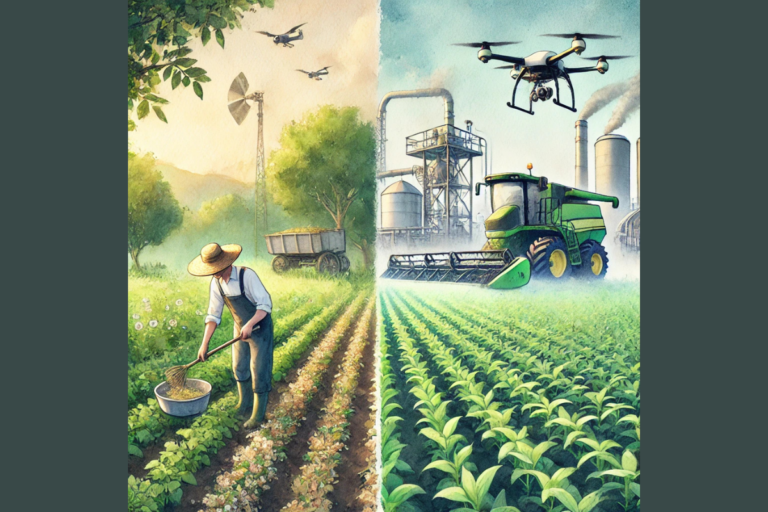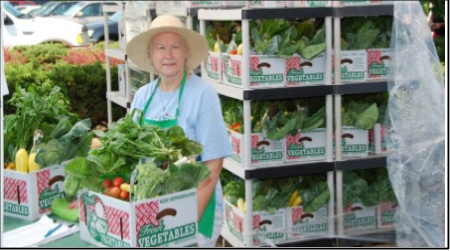the differences between agriculture and agribusiness
What are the key differences between agriculture and agribusiness? How did we get here? And what does it mean for farmers, consumers, and the planet?

What are the key differences between agriculture and agribusiness? How did we get here? And what does it mean for farmers, consumers, and the planet?

It is often said that there are two sure things in life: death and taxes. This holds true for most people. However, for individuals or groups with the capital to invest heavily in farms, taxes are a reality they won’t need to face thanks – in part – to agricultural exceptionalism and an exploitable tax…
In the United States, a farm is considered a business that earns a minimum of $1,000 rearing livestock or growing crops for food, fiber, and feed. According to the Joint Economic Committee of Congress, farm business can be set up in three ways. The first option is a sole proprietorship where an individual or married…
In recent years [and for generations among indigenous populations], companion planting has emerged as a common technique aimed at exploiting the benefits of the relationships between specific plants to naturally improve crop flavor, health, and vigor. More simply, companion planting is a type of polyculture where two plant species are grown together because it is…
Organic agriculture is the counter movement to conventional agriculture that supports a more natural relationship between production and the environment in which production takes place. To support this relationship and reduce the negative impact of horticulture and agriculture, there are four main principles: Care Fairness Ecology Health These principles influence the practices of organic producers. Accordingly,…
Defined by the American Society for Horticultural Science as, “the art and science of producing, improving, marking, and using fruits, vegetables, flowers, and ornamental plants,” horticulture is an important component of society that positively impacts citizen’s quality of life. Such improvements can take the form of, for example, increased nutrition, more attractive living environments, or…

First introduced in Japan and Switzerland in the 1970s, community supported agriculture (CSA) is a form of partnership between farmer and consumer. They enter into a contract which provides consumers with a certain number of ‘shares’ in the farm. Each share provides the consumer a box (or bag or bucket or …) of vegetables or other products…
Direct marketing is a form of marketing that is drastically different than commodity selling. Where commodity selling is based on a market-determined price and generally focused on standardized, large-scale sales that are impersonal in nature, direct marketing involves 1:1 selling between an individual/group and the seller. In doing so, trust is established and alternative forms of value…
Small farmers are an integral part of society. They produce food, provide rural employment, and contribute to diversity in both ownership and societal structure. However, they are also faced with a number of struggles, particularly when it comes to market entry and competition with large-scale agribusiness. To address these issues and maintain profitability, small farmers must be…
Producing a vast amount of the world’s food, small farms are valuable assets that contribute to long-term economic sustainability and food security. What actually constitutes a small farm is hard to specify as there are extreme variations in societal structure, ergo many definitions exist. In the United States, a small farm is defined as any…